<< Previous | Displaying results 26-50 of 454 for "jewish prisoners" | Next >>
1943 painting of the Vltava River in Prague created from a photograph by Bedrich Fritta when he was imprisoned in Theresienstadt. Fritta (1909-1945) was a Czech Jewish artist who created drawings and paintings depicting conditions in the Theresienstadt camp-ghetto. Fritta was deported to Auschwitz in October 1944. He died there a week after his arrival.
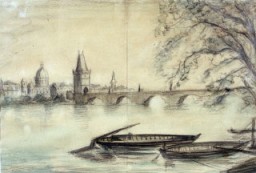
Doriane's Jewish family fled to Amsterdam in 1940, a year that also saw the German occupation of the Netherlands. Her father perished after deportation to Auschwitz. After their mother was seized, Doriane and her brother hid with gentiles. The three were reunited at Bergen-Belsen, where they were deported via Westerbork. They were liberated during the camp's 1945 evacuation. Doriane's mother died of cancer soon after Doriane helped her recover from typhus.
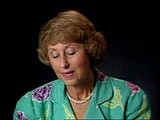
In 1939, as Chaim's tour in the Polish army was nearing its scheduled end, Germany invaded Poland. The Germans captured Chaim and sent him to Germany for forced labor. As a Jewish prisoner of war, Chaim later was returned to Poland. Ultimately, he was deported to the Sobibor camp, where the rest of his family died. In the 1943 Sobibor uprising, Chaim killed a guard. He escaped with his girlfriend, Selma, whom he later married. A farmer hid them until liberation by Soviet forces in June 1944.

Boleslaw and his older sister were raised in a Jewish section of Warsaw. The Germans attacked Warsaw in September 1939. Boleslaw's father did not want to leave his ill relatives behind, so Boleslaw and his sister escaped on a train heading for the Soviet border. The Germans invaded Soviet territories in 1941, and in 1942 Boleslaw was imprisoned in a forced-labor camp. He was deported to the Theresienstadt ghetto, where he was liberated by Soviet forces in 1945.
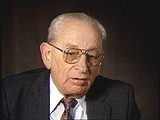
The Krakow ghetto in German-occupied Poland held over 15,000 Jews. Learn more about Krakow and the ghetto’s history during the Holocaust and WWII.
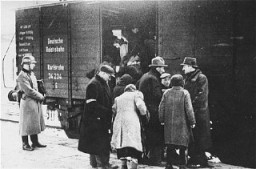
Between 1941 and 1943, underground resistance movements developed in about 100 Jewish ghettos in Nazi-occupied eastern Europe. Their main goals were to organize uprisings, break out of the ghettos, and join partisan units in the fight against the Germans. The Jews knew that uprisings would not stop the Germans and that only a handful of fighters would succeed in escaping to join with partisans. Still, Jews made the decision to resist. Further, under the most adverse conditions, Jewish prisoners succeeded…

Yitzhak Gitterman was a director of the American Jewish Joint Distribution Committee in Poland and a member of the underground Jewish Fighting Organization.
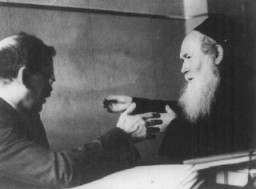
Under the most adverse conditions, prisoners initiated revolts in killing centers. Learn more about prisoner uprisings in Treblinka, Sobibor, and Auschwitz.
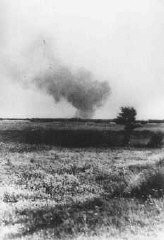
1943 still life of a violin and sheet of music behind prison bars by Bedrich Fritta (1909–1945). Fritta was a Czech Jewish artist who created drawings and paintings depicting conditions in the Theresienstadt camp-ghetto. He was deported to Auschwitz in October 1944; he died there a week after his arrival.
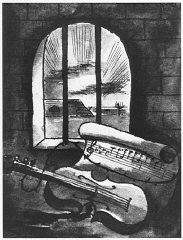
Groups of prisoners known as Sonderkommandos were forced to perform a variety of duties in the Nazi camp system, including in the gas chambers and crematoria.
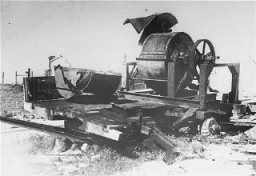
Wilek was the son of Jewish parents living in the southeastern Polish town of Lvov. His family owned and operated a winery that had been in family hands since 1870. Wilek's father died of a heart attack in 1929. Wilek entered secondary school in 1939. Soon after he began school, World War II began with the German invasion of Poland. Lvov was in the part of eastern Poland annexed by the Soviet Union. Although the Soviets took over Wilek's home and the family business, Wilek was able to continue his…
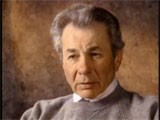
The Germans and their collaborators used paper records and local knowledge to identify Jews to be rounded up or killed during the Holocaust.

After the Nazi rise to power in 1933, the German system of justice underwent "coordination" (alignment with Nazi goals). Learn more about law and justice in the Third Reich.
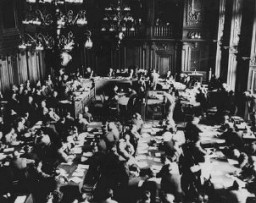
Learn how the "First Letter to all Judges" increased the pressure on German judges to give verdicts and sentences according to Nazi principles and ideology.
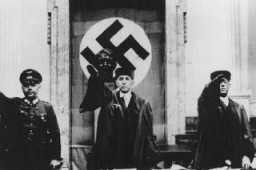
Explore firsthand testimony about the occupation of Mlynów, the establishment of the ghetto, resistance activities, and the destruction of the ghetto.
Explore Estelle Laughlin’s biography and learn about her experiences during the Warsaw ghetto uprising.
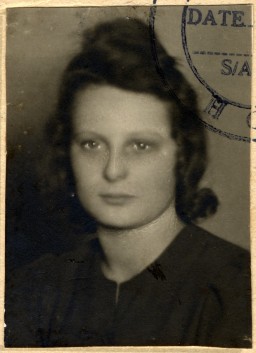
The Nuremberg Special Court ruled on the Katzenberger Race Defilement Case in 1942. Learn more about the outcome and impact of the case.
The Decree against Public Enemies was a key step in the process by which the Nazi leadership moved Germany from a democracy to a dictatorship.

A Polish soldier, Samuel was wounded in action and taken by Germany as a prisoner of war. As the war continued, he and other Jewish prisoners received increasingly harsh treatment. Among the camps in which he was interned was Lublin-Lipowa, where he was among those forced to build the Majdanek concentration camp. In 1942, he escaped from the Germans, spending the rest of the war as the leader of an armed partisan group.
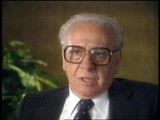
Nazi racism and racial antisemitism ultimately led to mass murder and genocide. Learn more about Nazi racial ideology.
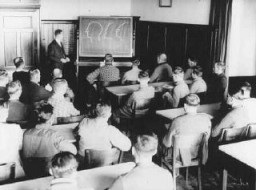
Learn more about the Holocaust Encyclopedia’s key terms and individuals in the Nazi judicial system.
Prewar photo of Ala Gertner. Bedzin, Poland, 1930s. After being deported to Auschwitz, Ala Gertner took fate into her own hands. Upon arrival, she was assigned to forced labor at a nearby armaments factory. After learning that they were going to be killed, Gertner, along with fellow female prisoners, began smuggling gunpowder and explosives from the factory with plans to destroy one of the crematoriums. During the uprising in October 1944, the prisoners killed three guards. They also set fire to…
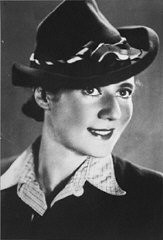
Each cookbook or recipe in the Museum’s collection tells a story. Learn more about the significance of these documents during the Holocaust.

Shony was born to religious Jewish parents in a small Transylvanian city. He began to learn the violin at age 5. His town was occupied by Hungary in 1940 and by Germany in 1944. In May 1944, he was deported to the Auschwitz camp in Poland. He was transferred to the Natzweiler camp system in France and then to Dachau, where he was liberated by US troops in April 1945. In 1950, he immigrated to the United States, and became a composer and a professional violinist.
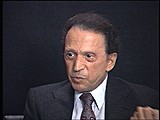
We would like to thank Crown Family Philanthropies, Abe and Ida Cooper Foundation, the Claims Conference, EVZ, and BMF for supporting the ongoing work to create content and resources for the Holocaust Encyclopedia. View the list of donor acknowledgement.